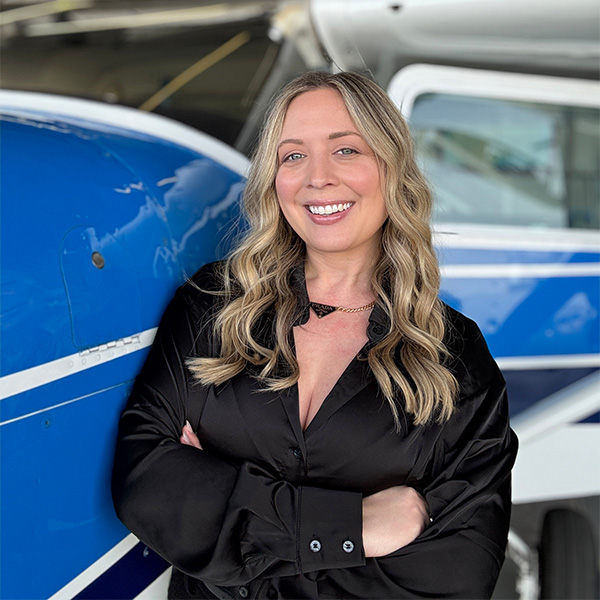AOPA joins Canadian ADS-B pushback
Industry coalition concerned with mandate
An aviation industry coalition voiced concern to Transport Canada about elements of a proposed mandate that will require aircraft flying in Canada to be 1090ES ADS-B-equipped in two phases over the next four to five years.
The proposed mandate will also require antennas capable of communicating with both ground-based and space-based transceivers (referred to as antenna diversity). Other technical requirements can be found here.
The coalition, which consists of industry leaders such as the Canadian Owners and Pilots Association, General Aviation Manufacturers Association, Garmin, the Canadian Business Aviation Association, and others, will submit their concerns to Transport Canada over the next several weeks. Coalition members share concerns that the mandate being pursued by Nav Canada and Transport Canada does not appear to be going through the full consultative process.
“This is a troubling precedent,” said Jim McClay, AOPA director of airspace, air traffic, and security. “This would constitute an equipage mandate for most US operators wanting to fly to Canada, most of whom have recently equipped to meet US requirements. To comply, many operators will need to install new antennas on top of their aircraft as well as possibly replace their ADS-B units. The costs of complying will be significant and would be borne only by aircraft owners.”
The industry coalition also agrees that it is highly doubtful that there are enough avionics installers to complete the needed upgrades in time to meet the mandate’s deadlines.
"Due to these concerns, AOPA is urging a delay of the Nav Canada equipage mandate until a determination can be made on the cost impact to purchase and install the required equipment and discussions on potential alternative solutions are held,” McClay said.
A recent AOPA survey of members in border states revealed that most U.S. operators are unaware of the coming mandate and almost half of respondents who regularly fly to Canada indicated they would cease flying to Canada altogether in the face of the mandate.
The proposed mandate will take place in two phases. The first will implement the requirements in Canadian Class A and B airspace by February 23, 2023, and Class C, D, and E airspace no earlier than 2026.
AOPA and the coalition will continue to follow the progress of the proposed mandate as well as continuing to work on behalf of aviators who may be affected.




